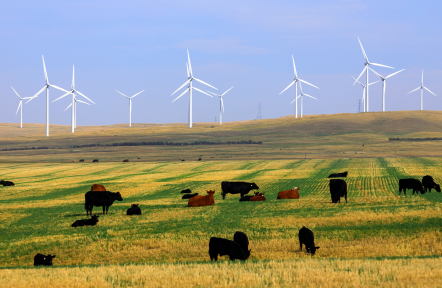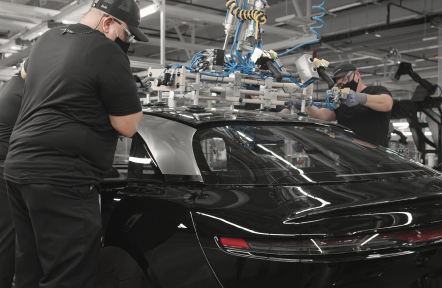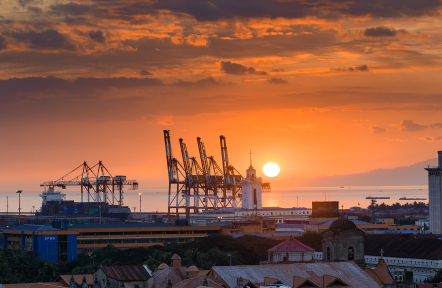As the clamor for solutions to climate change grows louder, around the world, the U.S. state of New Mexico has laid out forward-looking plans to build a sustainable future.

“The New Mexico Department of Transportation didn't own a single electric vehicle in its fleet for years. It had no EV (electric vehicle) charging infrastructure at any of the facilities it owns across the state. Now, New Mexico is known as the first state to submit a NEVI plan, or National Electric Vehicle Infrastructure Plan,” said Joseph De La Rosa, Special Projects Chief for the New Mexico Department of Transportation and the New Mexico Economic Development Department.
“New Mexico has signed an agreement with Colorado, Utah and Washington to partner in The Western Interstate Hydrogen Hub, WISHH. We’re working on proposals for the U.S. Department of Transportation to create hydrogen fuel corridors. New Mexico is also going to have the largest wind farm and grid project, the SunZia Project, which will provide power to the West Coast,” De La Rosa added.
In a city destined to find new international fame with the upcoming release of the film “Oppenheimer,” which chronicles the birth of the Nuclear Age, Los Alamos Utilities has taken up the challenge of finding both short-term and long-term renewable energy solutions.
“We just closed a coal fire plant and are trying to find replacement electric generation that's renewable. We're in the Small Modular Reactor project, but those are long-term projects that take time to develop. Our short-term goal is to find renewable resources – wind, solar, and battery – that cannot yet provide multiple days of stored energy. Our biggest challenge right now is exploring opportunities for long-term electricity storage,” said Los Alamos Utilities Manager Philo Shelton.
Meanwhile, at the University of New Mexico, a research team led by Prof. Manel Martínez-Ramón of the Department of Electrical and Computer Engineering is developing an algorithm that will help electrical grids use energy more efficiently.
The project is a part of the New Mexico EPSCoR Smart Grid Center grant, funded by the National Science Foundation. The grant will involve the establishment of “a novel, interdisciplinary research center, the NM SMART Grid Center, which is pursuing next-generation electric power production and delivery through the creation of a SMART electric grid (one that is Sustainable, Modular, Adaptive, Resilient, and Transactive),” according to the EPSCoR website.
The smart grid that the EPSCoR project is developing will use artificial intelligence to automatically adjust energy storage based on how much energy will likely be needed under specific conditions. Weather is a very important factor in these decisions.
“There are several articles that show that temperature has a strong correlation with energy consumption since the utilities that consume most of the energy in the house are temperature regulators,” said UNM Graduate Research Assistant Nestor Pereira.
To help smart grids predict energy needs accurately, Martínez-Ramón’s team is devising an algorithm that will tell a smart grid what weather and power load data on which to base its decisions on any given day.












